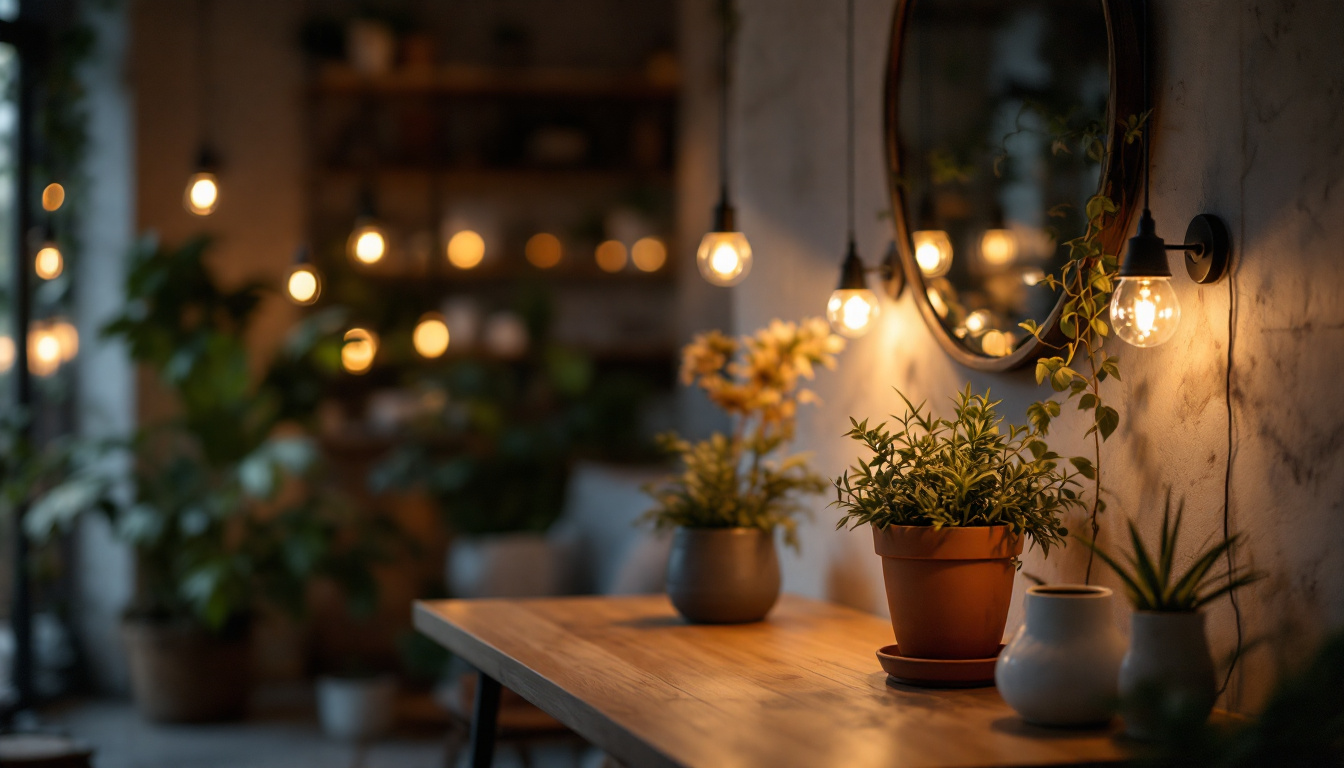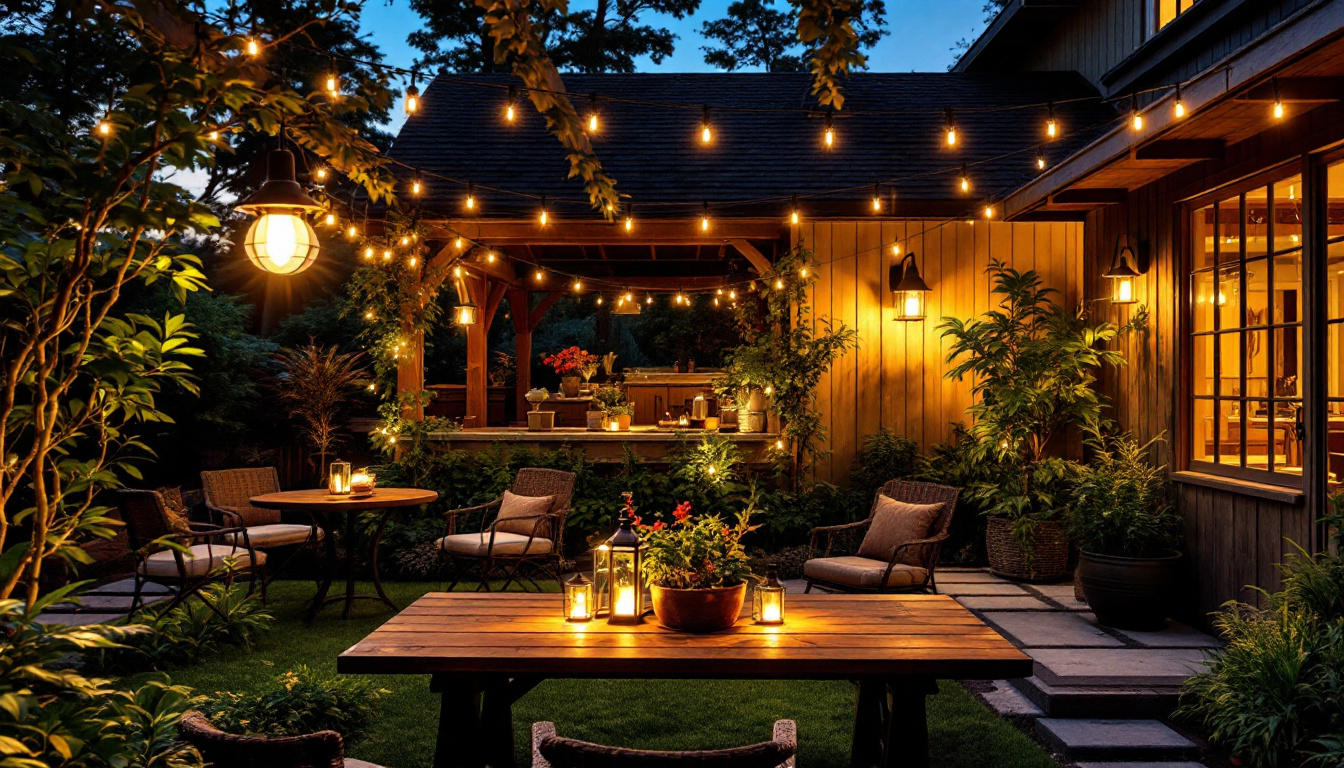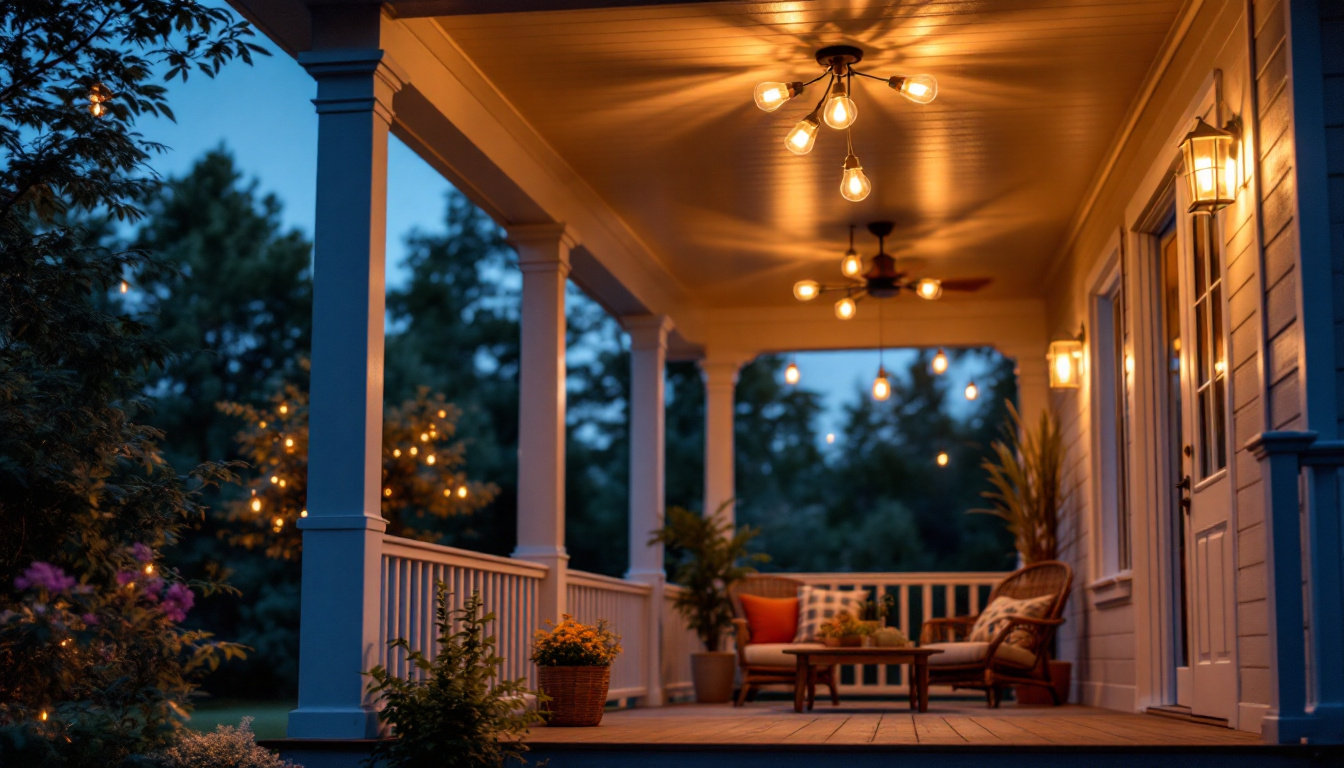
pot lighting, also known as recessed lighting, has become a staple in modern interior design. For lighting contractors, understanding the intricacies of pot lighting is essential to delivering quality installations that meet client expectations. This article delves into the fundamental aspects of pot lighting, including its benefits, installation techniques, and design considerations.
Pot lighting refers to fixtures that are installed into a hollow opening in the ceiling, creating a sleek and unobtrusive look. Unlike traditional light fixtures that hang from the ceiling, pot lights are recessed, allowing for a clean aesthetic that enhances the overall design of a space. This innovative lighting solution not only provides illumination but also contributes to the architectural integrity of a room, making it a favored choice among designers and homeowners alike.
In addition to their visual appeal, pot lights can be integrated with smart home technology, allowing for remote control and automation. This means that homeowners can adjust the brightness and color of the lights to suit different moods or occasions, all at the touch of a button. The ability to customize lighting not only enhances the functionality of a space but also adds a layer of sophistication to home environments.
There are several types of pot lights available, each designed for specific applications. The most common types include:
For contractors, understanding the advantages of pot lighting can help in selling the concept to clients. Some key benefits include:
Moreover, pot lighting can contribute to energy savings in the long run. By opting for energy-efficient options like LED or CFL, homeowners not only reduce their electricity bills but also minimize their carbon footprint. This aspect is becoming increasingly important as more individuals seek sustainable living solutions. Additionally, with the right installation and design, pot lights can provide sufficient illumination without the need for additional light sources, further enhancing their cost-effectiveness.
Installing pot lights requires careful planning and execution to ensure optimal performance and aesthetics. Lighting contractors must be familiar with various installation techniques to accommodate different ceiling types and client needs.
Before installation, it is crucial to plan the layout of the pot lights. This involves considering the room’s dimensions, the purpose of the lighting, and the desired ambiance. A well-thought-out layout can prevent issues such as uneven lighting or dark spots.
Contractors should also consider the spacing between lights. A general rule of thumb is to space pot lights approximately 4 to 6 feet apart, but this can vary based on the ceiling height and the wattage of the bulbs being used.
Electrical installation is a critical aspect of pot lighting. Contractors must ensure that the electrical system can handle the load of the new fixtures. This includes checking the circuit capacity and ensuring that the wiring is up to code.
Using dimmer switches can enhance the functionality of pot lights, allowing clients to adjust the brightness according to their needs. It is essential to choose compatible dimmers that can handle the specific type of bulbs being installed.
The installation process for pot lights generally involves the following steps:
When working with pot lighting, design considerations play a vital role in achieving the desired aesthetic and functionality. Contractors should be well-versed in the various design elements that can enhance the effectiveness of pot lights.
The trim of a pot light can significantly impact its appearance and performance. There are several trim styles available, including:
The color temperature of the bulbs used in pot lighting can greatly affect the mood of a space. Color temperatures are measured in Kelvin (K), and common options include:
Effective lighting design often involves layering different types of lighting. Pot lights can serve as ambient lighting, but they should be complemented with task and accent lighting for a well-rounded approach. This can include:
While pot lighting offers numerous benefits, contractors may encounter challenges during installation and design. Being aware of these challenges and their solutions can lead to smoother projects and happier clients.
Different ceiling types can pose challenges when installing pot lights. For instance, sloped ceilings require special consideration for placement and fixture selection. In such cases, adjustable trims can help direct light where it is needed.
Additionally, when working with drop ceilings, contractors may need to use specific mounting hardware to ensure the fixtures are securely installed.
Heat buildup can be a concern with pot lights, especially with halogen fixtures. It is essential to choose fixtures that are rated for insulation contact (IC-rated) to prevent overheating. Using LED lights can also mitigate this issue, as they generate significantly less heat.
Uneven light distribution can detract from the overall effectiveness of pot lighting. To address this, contractors should carefully plan the layout and consider the beam angle of the fixtures. A wider beam angle can help spread light more evenly across a space.
Lighting contractors must also be aware of local building codes and regulations when installing pot lights. Compliance with these regulations ensures safety and can prevent costly rework.
Building codes often dictate the types of fixtures that can be used in certain areas, especially in kitchens and bathrooms where moisture is a factor. It is crucial to use fixtures that are rated for wet or damp locations as required.
Many regions have adopted energy efficiency standards that impact lighting installations. Contractors should be familiar with these standards to ensure that the products they use comply with regulations, which can also be a selling point for environmentally conscious clients.
The lighting industry is continually evolving, and staying informed about future trends can help contractors remain competitive. Some emerging trends in pot lighting include:
Smart lighting technology is gaining popularity, allowing homeowners to control their lighting through mobile apps or voice commands. Integrating smart pot lights into installations can enhance convenience and appeal to tech-savvy clients.
As sustainability becomes a priority for many consumers, the demand for eco-friendly lighting solutions is on the rise. Contractors should consider incorporating energy-efficient products and practices into their installations, such as using LED fixtures and promoting recycling of old materials.
Clients are increasingly seeking personalized lighting solutions that reflect their unique style and needs. Offering customized pot lighting designs can set contractors apart from competitors and create lasting client relationships.
Pot lighting remains a popular choice for both residential and commercial spaces, and understanding its various aspects is crucial for lighting contractors. From installation techniques to design considerations, being knowledgeable about pot lighting can enhance the quality of installations and improve client satisfaction.
By staying informed about trends and challenges in the industry, contractors can position themselves as experts in pot lighting, ensuring they meet the evolving needs of their clients. Embracing innovation while adhering to safety and regulatory standards will pave the way for successful lighting projects in the future.
Ready to elevate your lighting projects with the finest pot lighting options on the market? Look no further than LumenWholesale for a vast array of spec-grade lighting products at unbeatable wholesale prices. Our commitment to quality and affordability ensures that you can deliver exceptional lighting installations that impress your clients and enhance any space. With free shipping on bulk orders, you can stock up on premium lighting solutions without worrying about hidden costs. Make your next project shine with the perfect blend of quality, value, and convenience. Visit LumenWholesale today and discover Wholesale Lighting at the Best Value.

Discover essential insights for lighting contractors on gooseneck and barn lights.

Discover the transformative potential of LED strip lights for ceiling applications with our comprehensive guide tailored for lighting contractors.

Discover why purchasing LED strip light retrofit kits in bulk from local distributors might not be the best choice.

Discover how lighting contractors can enhance their business by mastering the installation of outdoor ceiling porch lights.